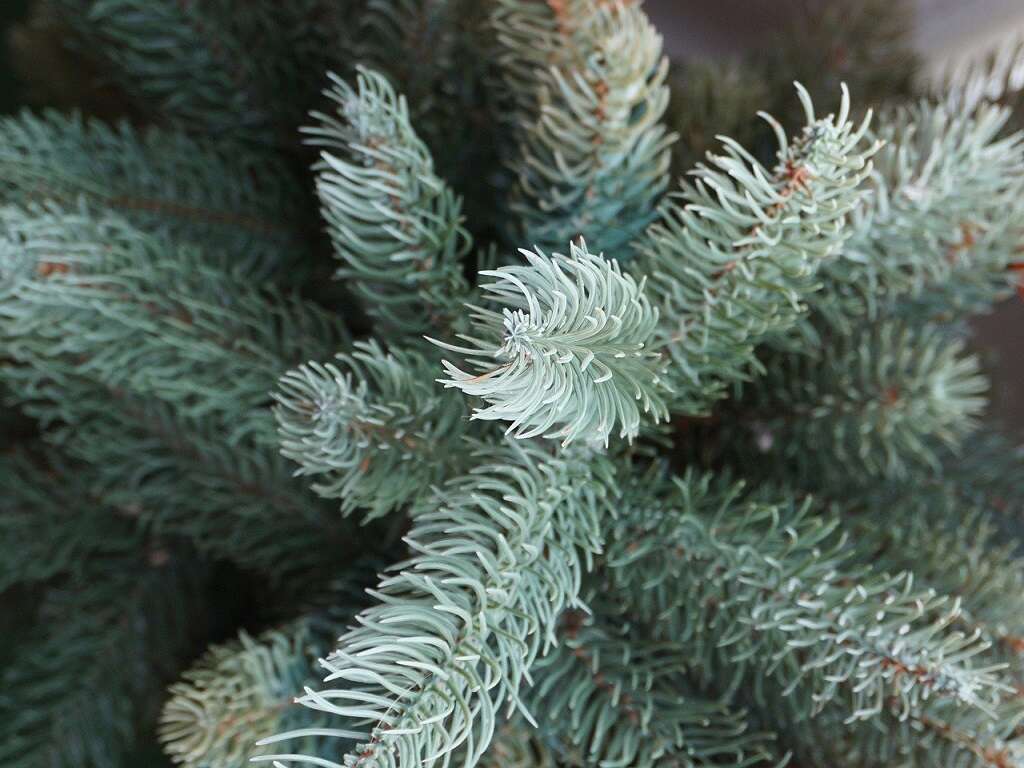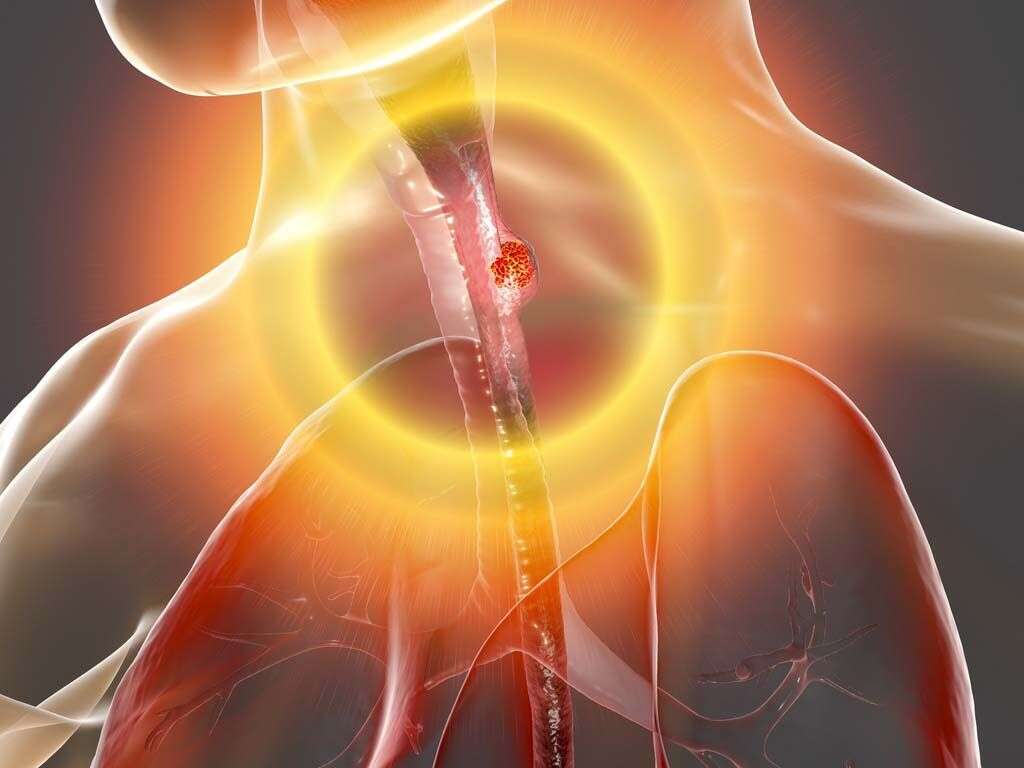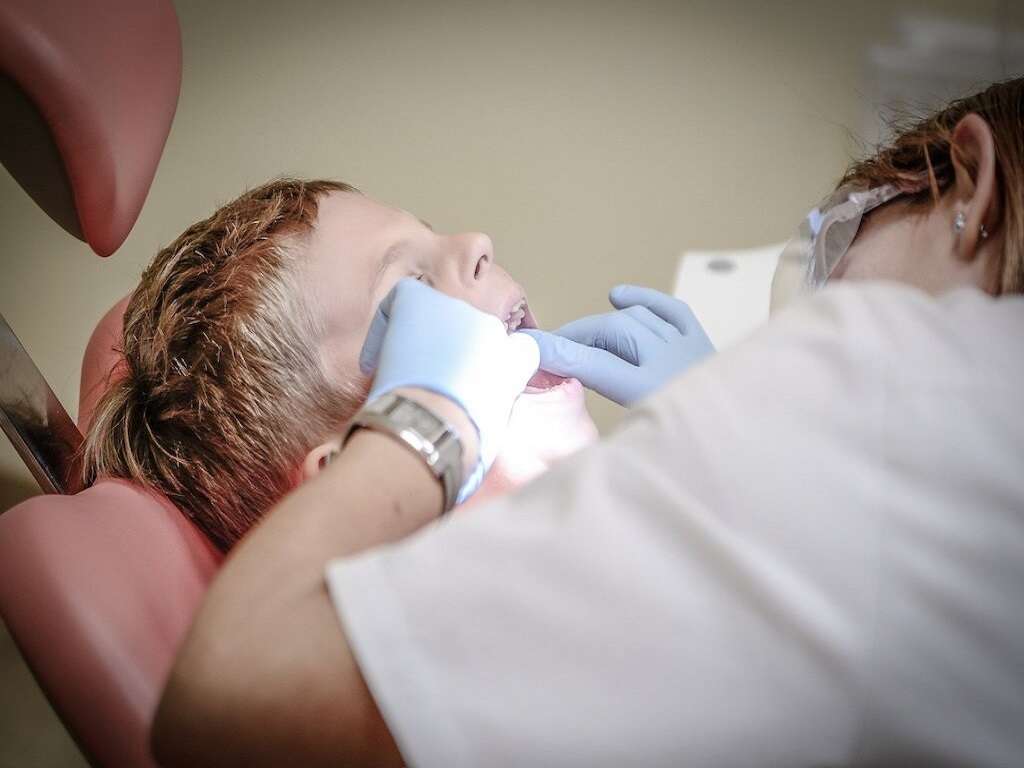10 Symptoms of Tonsil Stones
 Article Sources
Article Sources
- 1. 'Tonsil Stones (Tonsillolith): Causes, Symptoms, Removal & Treatment.' Cleveland Clinic, my.clevelandclinic.org/health/diseases/21505-tonsil-stones
- 2. 'Tonsil Stones – Symptoms, Causes and Removal.' Tonsil Stones – Symptoms, Causes and Removal | Allina Health, www.allinahealth.org/healthysetgo/heal/tonsil-stones-symptoms-causes-and-removal
- 3. Harding, Dr Mary. 'Tonsil Stones (Tonsilloliths): Causes, Symptoms & Treatment.' Patient.info, 13 Sept. 2018, patient.info/ears-nose-throat-mouth/sore-throat-2/tonsillolith-tonsil-stones
- 4. Bamgbose, Babatunde Olamide, et al. 'The Prevalence of Tonsilloliths and Other Soft Tissue Calcifications in Patients Attending Oral and Maxillofacial Radiology Clinic of the University of Iowa.' ISRN Dentistry, Hindawi Publishing Corporation, 22 Jan. 2014, [www.ncbi.nlm.nih.gov/pmc/articles/PMC3920671/.](https://www.ncbi.nlm.nih.gov/pmc/articles/PMC3920671/.)
- 5. 'What Are Tonsil Stones?: Keck Medicine of USC.' Keck Medicine of USC |, 7 Apr. 2020, www.keckmedicine.org/what-are-tonsil-stones/
Tonsils are two oval-shaped tissue pads in the back of the throat. They're part of the immune system that prevents and fights infection in the head and neck regions. Unfortunately, tonsils are exposed to bacteria and viruses regularly because of their location.1‘Tonsil Stones (Tonsillolith): Causes, Symptoms, Removal & Treatment.’ Cleveland Clinic, my.clevelandclinic.org/health/diseases/21505-tonsil-stones
Tonsils are covered with small folds, nooks, crannies and crypts. Debris, such as food, bacteria, dead cells and mucus can get trapped in these small spaces. Tonsil stones form when debris hardens or calcifies. Most stones are small, but large stones can form too. Although some people are asymptomatic, tonsil stones often come with several symptoms.5‘What Are Tonsil Stones?: Keck Medicine of USC.’ Keck Medicine of USC |, 7 Apr. 2020, www.keckmedicine.org/what-are-tonsil-stones/

Bad Breath
Bad breath, also known as halitosis, is a sign of tonsil stones. Bacteria or fungi feed on the food and other debris trapped in tonsils and produce foul odors. Some people may notice a strong odor after coughing up, removing or otherwise disturbing a tonsil stone because gases produced by bacteria are released when the stone moves.5‘What Are Tonsil Stones?: Keck Medicine of USC.’ Keck Medicine of USC |, 7 Apr. 2020, www.keckmedicine.org/what-are-tonsil-stones/
One study of people with long-term tonsillitis, or inflamed tonsils, checked for volatile sulfur compounds. These compounds are produced by bacteria, and they're responsible for many odors associated with bad breath. Approximately 75 percent of participants with sulfur compounds also had tonsil stones.3Harding, Dr Mary. ‘Tonsil Stones (Tonsilloliths): Causes, Symptoms & Treatment.’ Patient.info, 13 Sept. 2018, patient.info/ears-nose-throat-mouth/sore-throat-2/tonsillolith-tonsil-stones

Bad Taste
People with tonsil stones may experience a frequent bad taste in the mouth, sometimes described as metallic. Drainage from tonsil stones may be responsible for a foul taste. Tonsil stones frequently contain minerals, such as calcium, that may cause the metallic taste.1‘Tonsil Stones (Tonsillolith): Causes, Symptoms, Removal & Treatment.’ Cleveland Clinic, my.clevelandclinic.org/health/diseases/21505-tonsil-stones
An unpleasant taste may worsen when tonsil stones are disturbed or fall out because substances in the stone and any fluids around it are released into the mouth.3Harding, Dr Mary. ‘Tonsil Stones (Tonsilloliths): Causes, Symptoms & Treatment.’ Patient.info, 13 Sept. 2018, patient.info/ears-nose-throat-mouth/sore-throat-2/tonsillolith-tonsil-stones

Coughing
Tonsil stones may cause coughing. Sporadic bouts of coughing may happen if large stones irritate the back of the throat. Coughing receptors are located in the larynx and swollen tonsils or large tonsil stones may irritate these receptors and result in chronic coughing.3Harding, Dr Mary. ‘Tonsil Stones (Tonsilloliths): Causes, Symptoms & Treatment.’ Patient.info, 13 Sept. 2018, patient.info/ears-nose-throat-mouth/sore-throat-2/tonsillolith-tonsil-stones
Smaller stones may cause coughing if they fall out of the tonsil. Sometimes tonsil stones increase postnasal drip that triggers a cough reflex, and infection inside pockets in the tonsils may also produce pus and drainage.3Harding, Dr Mary. ‘Tonsil Stones (Tonsilloliths): Causes, Symptoms & Treatment.’ Patient.info, 13 Sept. 2018, patient.info/ears-nose-throat-mouth/sore-throat-2/tonsillolith-tonsil-stones

White or Yellow Flecks
Some tonsil stones aren't visible because they're too deep within tissue to see. Visible tonsil stones may appear as small white or yellow flecks in the back of the throat. Large stones are more likely to be visible and may even look like small rocks sticking out of the tonsils.1‘Tonsil Stones (Tonsillolith): Causes, Symptoms, Removal & Treatment.’ Cleveland Clinic, my.clevelandclinic.org/health/diseases/21505-tonsil-stones
Multiple stones may form in the same area. Stones that aren't visible may look like slightly swollen bumps on a tonsil's surface.5‘What Are Tonsil Stones?: Keck Medicine of USC.’ Keck Medicine of USC |, 7 Apr. 2020, www.keckmedicine.org/what-are-tonsil-stones/

Tissue Damage
Although tonsil stones rarely cause serious symptoms, they can damage the tonsils in some cases. Large or sharp stones may cause bleeding and swelling in surrounding tissue.2‘Tonsil Stones – Symptoms, Causes and Removal.’ Tonsil Stones – Symptoms, Causes and Removal | Allina Health, www.allinahealth.org/healthysetgo/heal/tonsil-stones-symptoms-causes-and-removal
Tonsil stones containing bacteria or fungus may cause cellulitis or abscesses. Cellulitis occurs if an infection spreads into the surrounding tissue. An abscess may occur if a tonsil stone progresses to an infection that spreads deeper into the tonsil. The immune system fights the infection and pus can build up underneath the stone.3Harding, Dr Mary. ‘Tonsil Stones (Tonsilloliths): Causes, Symptoms & Treatment.’ Patient.info, 13 Sept. 2018, patient.info/ears-nose-throat-mouth/sore-throat-2/tonsillolith-tonsil-stones
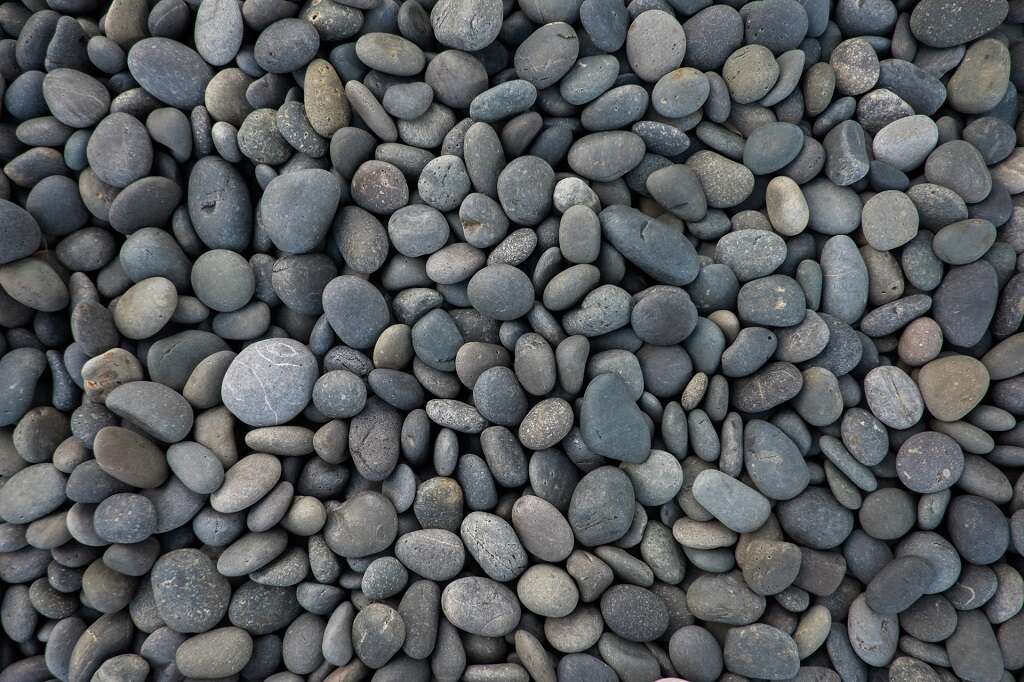
Throat Irritation
Consistent throat irritation is sometimes associated with tonsil stones. Some people describe it as feeling like something is constantly stuck in the back of the throat. This feeling may come from tissue swelling around the stones.2‘Tonsil Stones – Symptoms, Causes and Removal.’ Tonsil Stones – Symptoms, Causes and Removal | Allina Health, www.allinahealth.org/healthysetgo/heal/tonsil-stones-symptoms-causes-and-removal
Large stones that are very close to the surface can also scratch the back of the throat or surrounding tissues. Small amounts of blood in saliva or irritation that doesn't ease after drinking fluids may be a sign of tonsil stones.1‘Tonsil Stones (Tonsillolith): Causes, Symptoms, Removal & Treatment.’ Cleveland Clinic, my.clevelandclinic.org/health/diseases/21505-tonsil-stones

Ear Pain
Tonsil stones may cause chronic or sporadic ear pain, even though stones don't touch the ears themselves. It can affect both ears or just one at a time. The pain occurs because tonsil stones can put pressure on the glossopharyngeal nerve, also known as Jacobson's nerve.4Bamgbose, Babatunde Olamide, et al. ‘The Prevalence of Tonsilloliths and Other Soft Tissue Calcifications in Patients Attending Oral and Maxillofacial Radiology Clinic of the University of Iowa.’ ISRN Dentistry, Hindawi Publishing Corporation, 22 Jan. 2014, www.ncbi.nlm.nih.gov/pmc/articles/PMC3920671/.
Shared nerve pathways run along each side of the face and pick up sensations near the mouth and ears. Sometimes pressure near the mouth triggers referred pain in the ears.4Bamgbose, Babatunde Olamide, et al. ‘The Prevalence of Tonsilloliths and Other Soft Tissue Calcifications in Patients Attending Oral and Maxillofacial Radiology Clinic of the University of Iowa.’ ISRN Dentistry, Hindawi Publishing Corporation, 22 Jan. 2014, www.ncbi.nlm.nih.gov/pmc/articles/PMC3920671/.

Tonsillitis
Tonsillitis is an infection of the tonsils. Tonsils become red and inflamed and may develop white or yellow patches on the surface. A tonsil stone can cause tonsillitis if bacteria in any nook or cranny multiply and infect surrounding tissue.1‘Tonsil Stones (Tonsillolith): Causes, Symptoms, Removal & Treatment.’ Cleveland Clinic, my.clevelandclinic.org/health/diseases/21505-tonsil-stones
Infection may be limited to just one tonsil, but it usually spreads to both. It's important to remember that tonsillitis may occur for many reasons. An infection can occur without any tonsil stones at all, it's just one possibility.2‘Tonsil Stones – Symptoms, Causes and Removal.’ Tonsil Stones – Symptoms, Causes and Removal | Allina Health, www.allinahealth.org/healthysetgo/heal/tonsil-stones-symptoms-causes-and-removal

Throat Infection
Chronic tonsil stones can cause repeated infections in the throat. Antibiotic-resistant infections may occur because bacteria in tonsil stones continually trigger new infections. It's very difficult to eradicate bacteria trapped inside a tonsil stone with antibiotics.2‘Tonsil Stones – Symptoms, Causes and Removal.’ Tonsil Stones – Symptoms, Causes and Removal | Allina Health, www.allinahealth.org/healthysetgo/heal/tonsil-stones-symptoms-causes-and-removal
Fungus trapped in tonsil stones may cause thrush, which is a yeast infection in the mouth and throat. Signs of infection include swelling in the back of the throat, red and inflamed tonsils and soreness inside the mouth.3Harding, Dr Mary. ‘Tonsil Stones (Tonsilloliths): Causes, Symptoms & Treatment.’ Patient.info, 13 Sept. 2018, patient.info/ears-nose-throat-mouth/sore-throat-2/tonsillolith-tonsil-stones
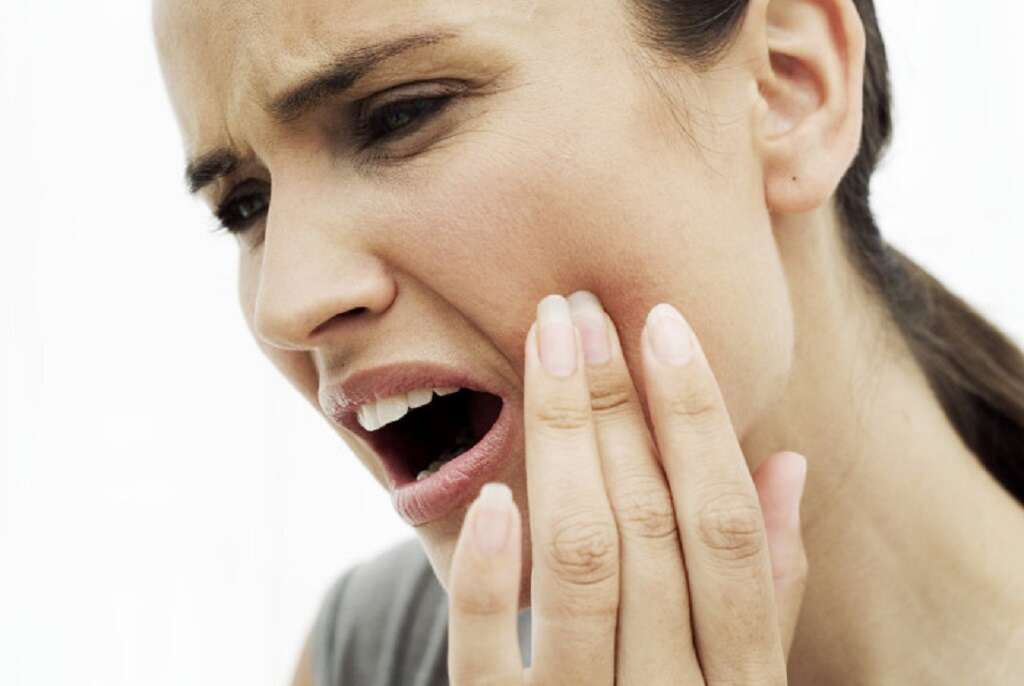
Difficulty Swallowing
Tonsil stones, especially large ones, may make swallowing difficult. Food may catch on sharp edges or points of stones protruding from the surface of a tonsil. Stones may cause swollen or inflamed tonsils that partially block the back of the throat.4Bamgbose, Babatunde Olamide, et al. ‘The Prevalence of Tonsilloliths and Other Soft Tissue Calcifications in Patients Attending Oral and Maxillofacial Radiology Clinic of the University of Iowa.’ ISRN Dentistry, Hindawi Publishing Corporation, 22 Jan. 2014, www.ncbi.nlm.nih.gov/pmc/articles/PMC3920671/.
Multiple stones may also enlarge one or both tonsils and reduce the space available to swallow food. In rare cases, tonsil stones and enlarged tonsils can interfere with breathing as well.4Bamgbose, Babatunde Olamide, et al. ‘The Prevalence of Tonsilloliths and Other Soft Tissue Calcifications in Patients Attending Oral and Maxillofacial Radiology Clinic of the University of Iowa.’ ISRN Dentistry, Hindawi Publishing Corporation, 22 Jan. 2014, www.ncbi.nlm.nih.gov/pmc/articles/PMC3920671/.







